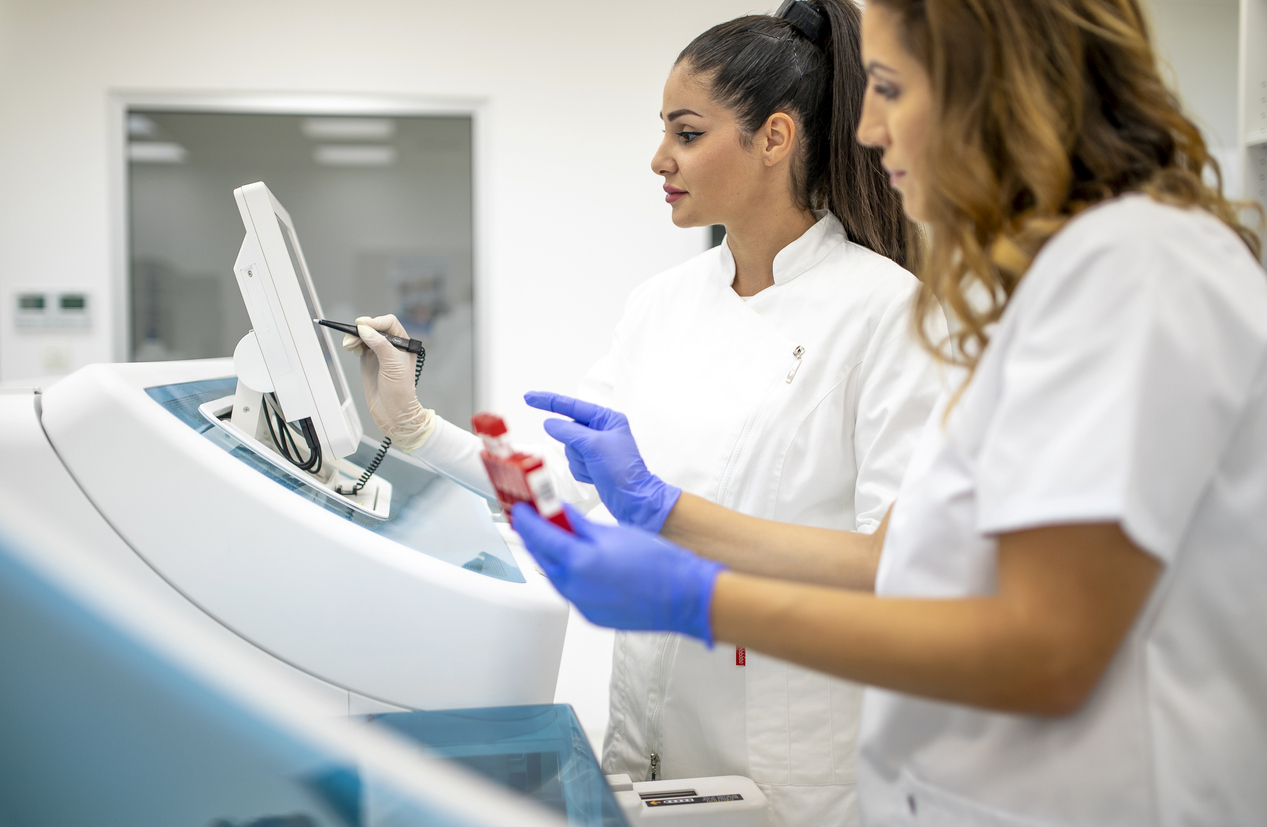Key Takeaways
- Electronic Health Records (EHR) contain vast amounts of clinical data that can accelerate biomarker discovery through advanced analytics and machine learning.
- Successful EHR-based biomarker discovery requires careful data preprocessing, standardization, and validation steps to ensure data quality and reliability.
- Integration of multiple types of EHR-derived data, such as lab results, clinical documentation, and imaging, provides a comprehensive approach for identifying novel biomarkers.
- Natural Language Processing (NLP) techniques are essential for extracting biomarker-related information from unstructured clinical data.
The adoption of Electronic Health Records (EHR) has provided new opportunities for biomarker discovery by making large-scale real-world clinical data accessible for research. This article explores how researchers and healthcare organizations can effectively leverage EHR data to identify and validate novel biomarkers, improving disease diagnosis, prognosis, and treatment selection.
Understanding EHR-Derived Data
EHRs contain a range of structured and unstructured clinical data that can be valuable for biomarker discovery. Structured data includes laboratory results, vital signs, diagnoses, procedures, and medication histories, while unstructured data includes clinical documentation, imaging, and waveforms. Analyzing multiple types of EHR-derived data allows researchers to uncover biomarker associations that might not be apparent in controlled clinical trials or smaller research cohorts.
Data Preprocessing and Quality Assurance
Before EHR data can be used for biomarker discovery, preprocessing is essential for improving consistency and reliability. This process involves several critical steps:
- Data Cleaning: Identifying and correcting inconsistencies, duplicate entries, and erroneous values to maintain data integrity.
- Standardization: Harmonizing medical terminology, measurement units, and coding systems across different sources to enhance compatibility and comparability.
- Handling Missing Data: Applying imputation techniques or explicitly documenting missing values to address gaps.
- Quality Control: Implementing validation procedures to assess data accuracy, completeness, and reliability.
By following these steps, researchers can ensure that EHR data is well-structured and suitable for biomarker discovery.
Leveraging Advanced Analytics
Machine learning and artificial intelligence (AI) have expanded the ability to detect patterns in EHR data. Deep learning models, in particular, can analyze multiple data sources simultaneously to uncover associations that traditional statistical methods may not detect.
Natural Language Processing (NLP) has become an indispensable tool for extracting valuable information from unstructured clinical data. NLP techniques can process free text or semi-structured sources to identify references to symptoms, conditions, and potential biomarkers. Advanced NLP models can interpret context and temporal relationships, further defining biomarker associations.
Integration of Multiple Data Types
Success in EHR-based biomarker discovery often depends on the ability to integrate multiple types of data. Combining laboratory values with imaging data, genomic information, and clinical documentation provides a more complete picture of potential biomarkers. This multimodal approach allows researchers to identify complex biomarker patterns that might not be apparent when analyzing single data types in isolation.
Validation and Replication
Validation is essential for ensuring the reliability and clinical relevance of identified biomarkers. Common validation approaches include:
- Internal Validation: Testing findings within different subsets of the original EHR dataset to assess reproducibility.
- External Validation: Evaluating biomarkers across diverse healthcare systems or populations to determine generalizability.
- Prospective Validation: Conducting forward-looking studies to assess biomarker performance in real-world settings.
Future Directions
The field of EHR-based biomarker discovery is evolving rapidly, driven by enhancements in:
- AI and Machine Learning: More sophisticated techniques are improving biomarker prediction and detection.
- Real-Time Data Analysis: Emerging capabilities allow researchers to track dynamic biomarkers that evolve over time.
- Multi-Institutional Collaborations: Expanding data-sharing initiatives enhances generalizability and strengthens research findings.
These advancements are shaping the future of biomarker discovery, improving precision and expanding clinical applications.
Conclusion
EHR data represents a powerful resource for biomarker discovery, offering large-scale and diverse clinical information. Success in this field depends on expertise in data preprocessing, analytics, and validation strategies. As analytical techniques continue to advance, EHR-derived biomarker discovery will play an increasingly important role in precision medicine and disease management.
References
- Shah, NH, et al. (2019). Making machine learning models clinically useful. https://doi.org/10.1001/jama.2019.10306
- Denny, JC, et al. (2016). Phenome-wide association studies as a tool to advance precision medicine.https://doi.org/10.1146/annurev-genom-090314-024956
- Lasko, TA, et al. (2013). Computational phenotype discovery using unsupervised feature learning over noisy, sparse, and irregular clinical data. https://doi.org/10.1371/journal.pone.0066341
- Goldstein, BA, et al. (2017). Opportunities and challenges in developing risk prediction models with electronic health records data: A systematic review. https://doi.org/10.1093/jamia/ocw042


